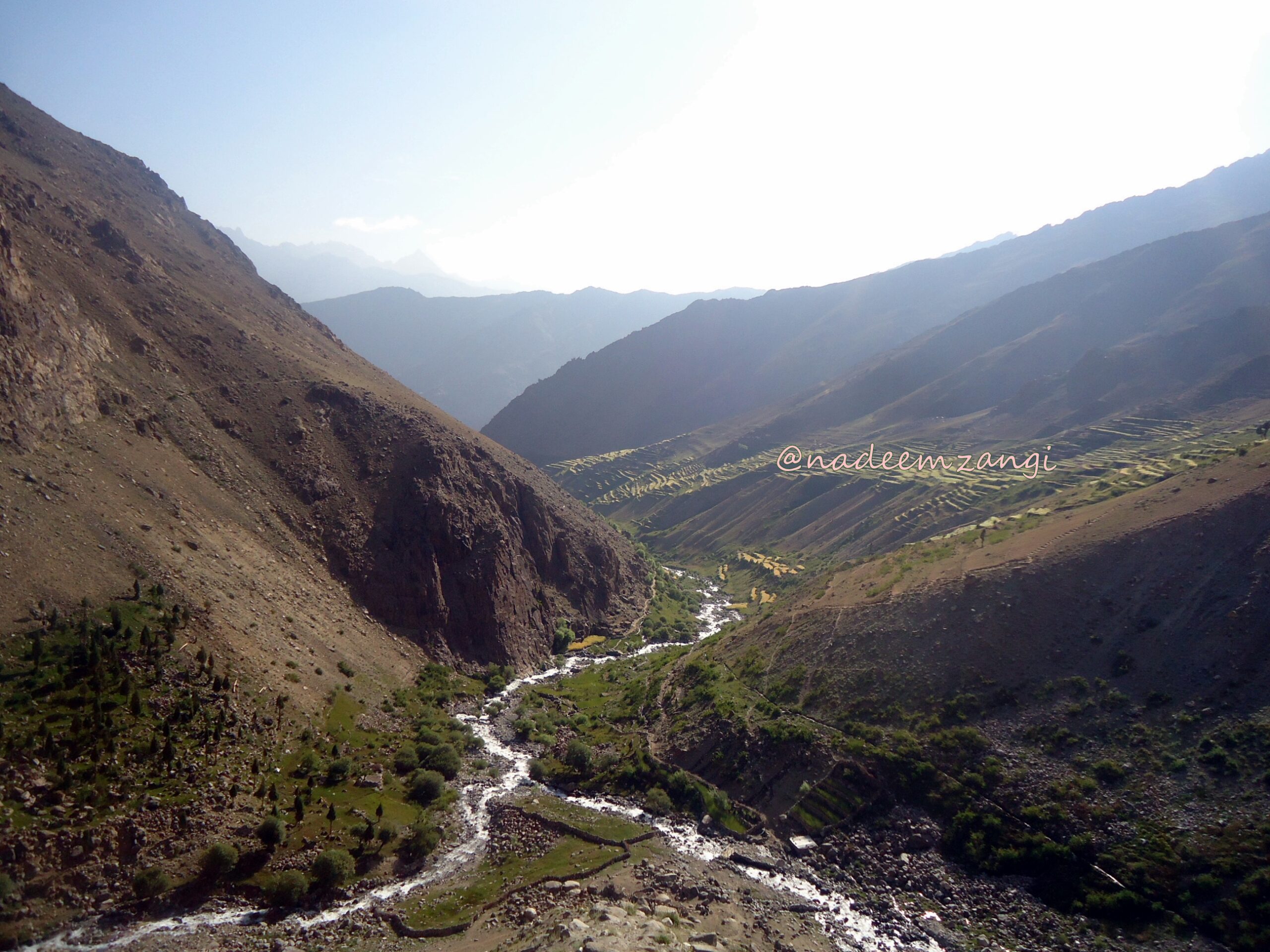Fishing has been an essential human activity for millennia, evolving from simple handlines and rudimentary nets to sophisticated industries powered by cutting-edge technology. Traditional methods, while foundational, often lacked real-time awareness, predictable catch rates, and efficient resource use—challenges that modern deep-sea operations now address through digital transformation. Today’s fleets rely not just on skill and gear, but on invisible data networks that connect vessels, sensors, and decision systems across vast ocean expanses.
The Invisible Infrastructure: How Data Networks Underpin Deep-Sea Operations
Shifting from Physical Gear to Digital Connectivity in Remote Fishing Zones
Remote deep-sea fishing has historically depended on physical presence and manual coordination, limiting operational reach and responsiveness. Today, satellite communications and underwater sensor arrays form a digital nervous system, enabling real-time monitoring of vessel locations, gear status, and environmental conditions. For example, companies like Equinor and major tuna fleets use integrated telemetry to track fishing lines across thousands of square kilometers, ensuring precise deployment and recovery. This shift reduces waste, increases efficiency, and supports sustainable practices by avoiding overfishing hotspots.
The Role of Satellite and Underwater Sensor Arrays in Real-Time Fleet Coordination
Satellite networks such as Iridium and Inmarsat provide reliable, global connectivity even in the most isolated ocean regions, while underwater arrays—including hydrophones and ocean-bottom seismometers—deliver granular data on marine life behavior and seabed topography. These systems enable dynamic fleet coordination: a vessel encountering unexpected currents or fish aggregations can instantly share data with others, allowing collective repositioning for optimal catch. In the North Pacific, such integration has reduced fuel consumption by up to 18% during peak fishing seasons, demonstrating tangible benefits of digital connectivity.
How Data Latency and Bandwidth Constraints Shape Operational Decisions at Sea
While digital tools empower deep-sea operations, real-world limitations persist. Data latency—delays in signal transmission—can range from seconds to minutes depending on satellite coverage and weather, directly affecting time-sensitive decisions. Bandwidth constraints further restrict the volume of high-resolution data transmitted, forcing crews to prioritize critical feeds. For instance, live video streams from ROVs (remotely operated vehicles) are often compressed or paused during high-traffic periods. Operators must therefore balance immediate action with reliable communication, often relying on predictive algorithms to compensate for delays.
Beyond Navigation: Data-Driven Decision Making in Deep-Sea Fishing
Real-Time Oceanographic Data Integration for Optimal Gear Deployment
Modern deep-sea fishing increasingly relies on live oceanographic feeds—temperature, salinity, oxygen levels, and current patterns—to deploy gear with surgical precision. Machine learning models process this data alongside historical catch records to identify high-probability fishing zones. For example, algorithms analyzing sea surface temperature anomalies have guided longline fleets to expand tuna catches in the equatorial Pacific while avoiding ecologically sensitive areas. This shift from intuition to insight reduces bycatch and maximizes yield.
Machine Learning Models Predicting Fish Migration Patterns from Historical and Live Feeds
Predictive modeling is revolutionizing how fishers anticipate movement. By training neural networks on decades of oceanographic and catch data, systems now forecast migration patterns up to several weeks in advance. A 2023 study by the International Council for the Exploration of the Sea (ICES) showed that algal bloom and thermal front data improved cod migration forecasts by 27%, enabling fleets to position vessels proactively rather than reactively. These models are key to balancing productivity with ecosystem stewardship.
Ethical Considerations in Algorithmic Fishing Strategies and Ecosystem Impact
As algorithms guide decisions, ethical questions emerge: Do data-driven strategies risk accelerating overexploitation? Can predictive tools be biased toward short-term gains over long-term sustainability? Transparency in model design, inclusive data governance, and regulatory oversight are essential. The European Union’s Common Fisheries Policy now mandates explainable AI systems for vessel monitoring, ensuring that automated decisions align with conservation goals. Ethical data use preserves both marine biodiversity and fishing communities’ livelihoods.
Transparency and Traceability: Data’s Role in Sustainable Fisheries Management
Blockchain-Enabled Catch Tracking from Vessel to Market
Blockchain technology offers immutable, end-to-end tracking of fish from catch to consumer. Each batch is logged with timestamp, location, and vessel ID, creating a tamper-proof digital chain. Companies like Seafood Trace and major exporters use this system to verify sustainability claims, helping retailers and consumers confirm responsible sourcing. This traceability reduces illegal, unreported, and unregulated (IUU) fishing by 40% in pilot programs, reinforcing market trust.
Consumer Trust Built Through Verifiable Digital Provenance
Today’s consumers demand transparency. Digital provenance—verified via QR codes or NFC tags on packaging—lets buyers access full supply chain data: where, when, and how the catch was made. A 2024 survey by Nielsen found 74% of global shoppers prefer seafood with digital traceability, linking data-backed trust to brand loyalty. This shift incentivizes fishers and processors to adopt digital systems, closing the loop between technology and market value.
Regulatory Compliance and Data Sovereignty in International Waters
Operating across jurisdictional boundaries introduces complexity. Data sovereignty laws require that ocean data collected in territorial waters remain under local control, while shared resources like migratory fish demand international cooperation. The UN’s Global Fisheries Data Framework promotes standardized protocols, enabling secure cross-border data exchange while protecting national interests. Compliance ensures data is used ethically, equitably, and legally across the global fishing industry.
The Human Element: Workforce Adaptation in a Digitized Deep-Sea Environment
Training Demands and Skill Shifts from Manual Operation to Data Literacy
The digital transformation reshapes crew roles: navigators now interpret real-time data dashboards, while engineers manage sensor networks. Traditional fishing skills remain vital, but digital literacy—from using tablets in harsh weather to understanding algorithmic alerts—is now non-negotiable. Crew training programs increasingly include courses in data interpretation, cybersecurity, and AI tool use, ensuring operators can collaborate effectively with intelligent systems rather than resist them.
Crew Dynamics in Tech-Augmented Fishing Crews
With automation handling routine tasks, crew interaction evolves toward collaborative problem-solving. Data-sharing platforms enable real-time communication between deckhands and analysts ashore, fostering quicker, more informed decisions. However, isolation at sea and high-stress environments require strong team cohesion. Crews trained in digital teamwork report higher morale and incident resilience, proving that human connection remains central even in tech-driven fleets.
Future-Proofing Livelihoods Through Continuous Digital Upskilling
Longevity in the industry demands lifelong learning. Fishers and managers who engage in ongoing digital training—through online modules, virtual reality simulations, and cross-sector workshops—better adapt to emerging tools like AI forecasting and autonomous vessels. Industry leaders emphasize that upskilling is no longer optional but essential for career sustainability in an evolving marine economy.
From Net to Data: A Paradigm Shift in Marine Industry Resilience
How Digital Transformation Enhances Response to Climate Variability and Resource Scarcity
Climate change intensifies ocean volatility—shifts in temperature, acidification, and currents disrupt fish stocks. Digital tools empower adaptive management: predictive models adjust fishing zones dynamically, while real-time monitoring avoids overexploited areas. For instance, Norway’s cod fleets use AI-driven climate forecasts to reduce bycatch by 30% during warming events, demonstrating resilience through data agility.
Cross-Sector Innovation: Synergies with Offshore Energy and Ocean Monitoring
The deep sea is no longer siloed: digital infrastructure supports convergent industries. Offshore wind projects share seabed data with fisheries, enabling co-management of marine space. Similarly, ocean monitoring buoys track both climate and fish movements, creating shared
























